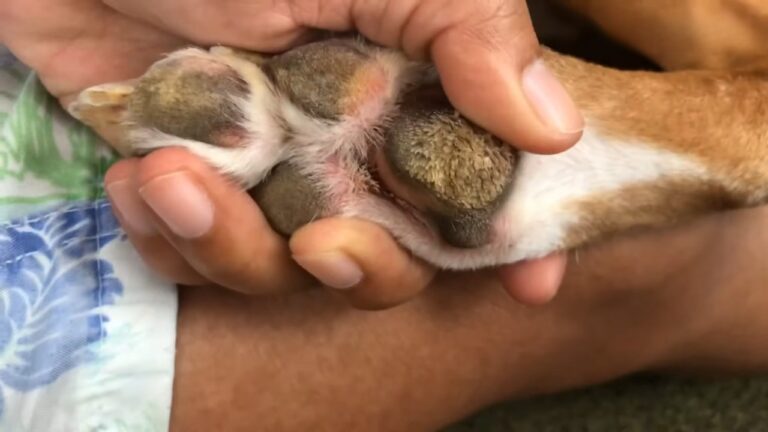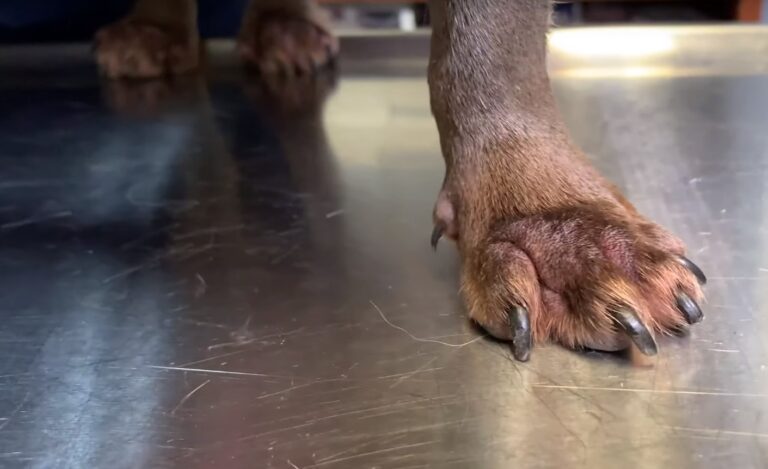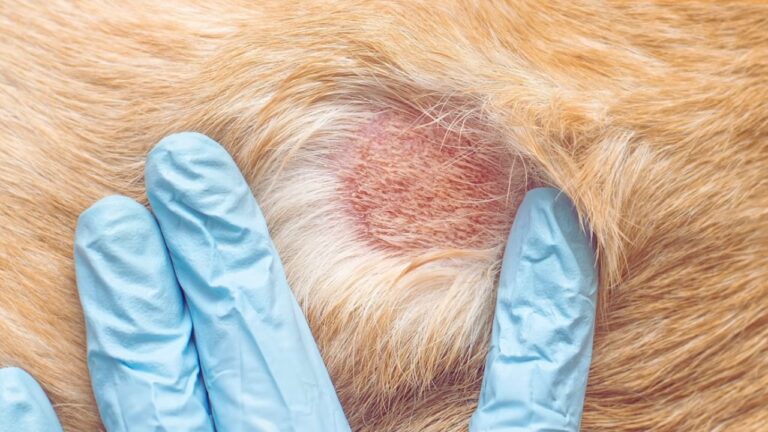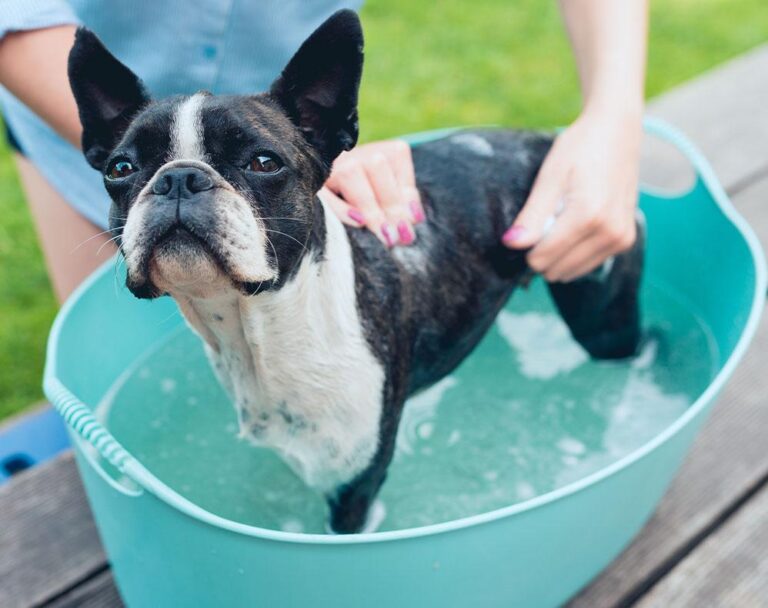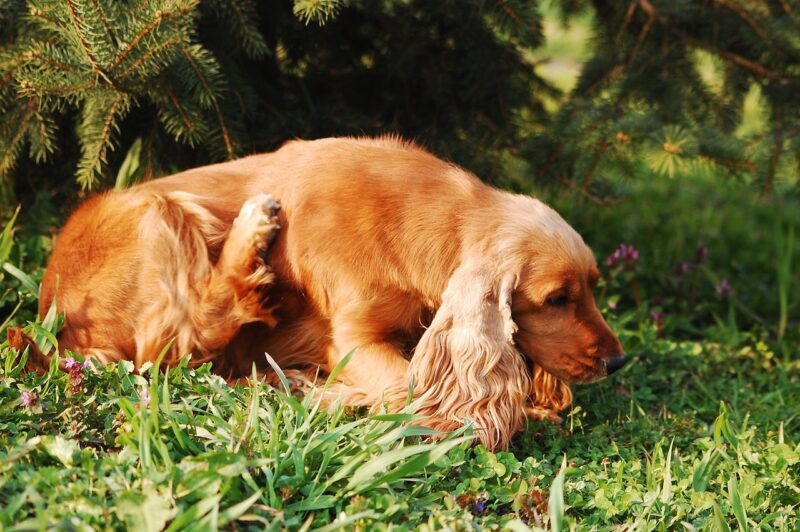Yeast infections affecting a dog’s paws can present challenges if left unaddressed. As caretakers, it’s important we recognize symptoms early to prevent potential further issues from developing. Fortunately, with diligent care and the application of proven remedies, cases of paw yeast can be effectively managed and resolved.
This guide aims to provide pet owners with straightforward and reliable information on identifying and treating such infections.
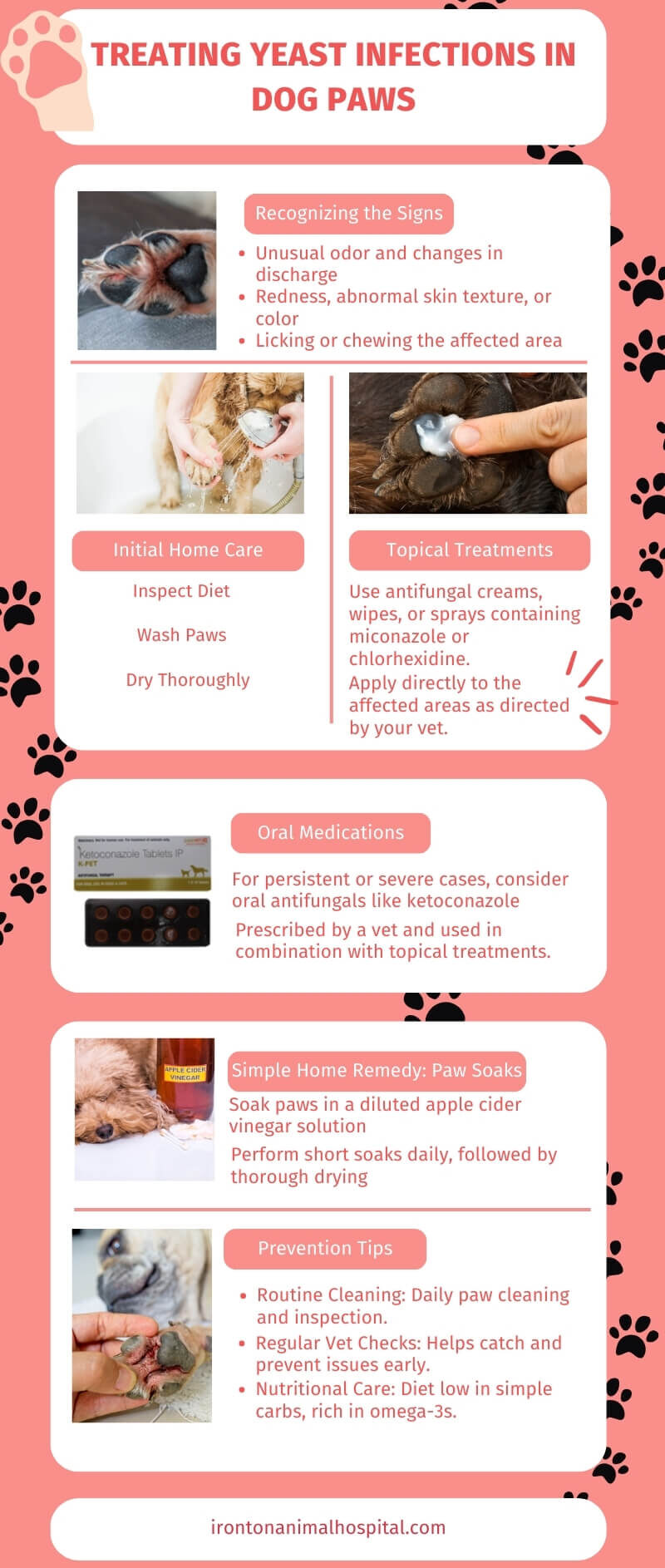
Signs of Yeast Infections
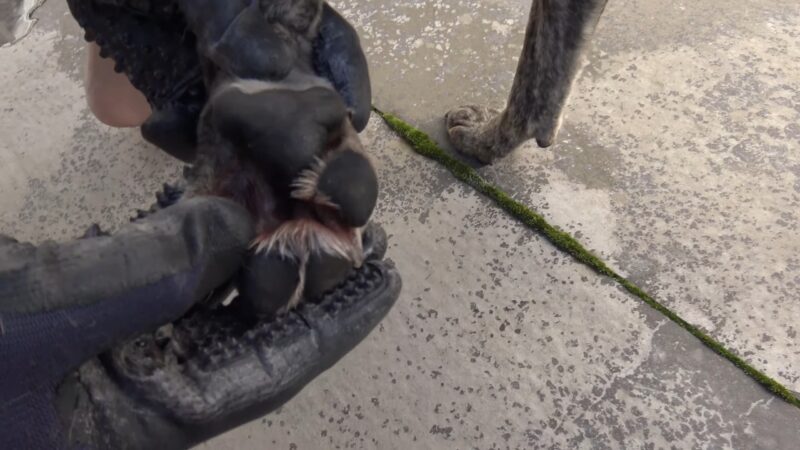
Changes in appearance or behavior around this sensitive area warrant examination to rule out potential underlying inflammation.
Moisture retention due to environmental factors can foster excess growth of opportunistic yeast, leading to discomfort through localized itching or soreness. Dogs display instincts to soothe such irritation through licking or chewing. However, prolonged action risks worsening the scenario.
Observant owners may detect signs like unusual odor, change of discharge properties, or shifts in pigmentation of affected skin and fur. Redness or abnormal texture equally merits investigation to rule out yeast as the potential causative agent.
Initial Steps to Take at Home
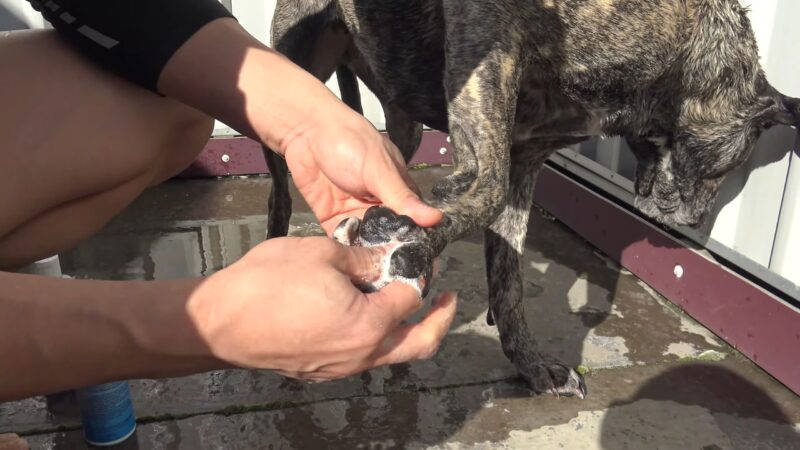
Start by gently washing paws with an antifungal formula to remove excess moisture and secretions that yeast derive sustenance from.
Thoroughly drying afterward eliminates lingering wetness that may exacerbate the return of aggravating microbes. Inspecting diet for carbohydrates or sweeteners known to promote overgrowth additionally cuts off the fuel supply. The vet can advise alternatives.
Keeping a routine with grooming and paw checks permits catching issues in initial phases, before requiring sophisticated solutions. Nipping small concerns in the bud through conscientious hygiene and nutrition upholds maximized well-being and functionality to enjoy daily activities.
Topical Treatments for Yeast Infection
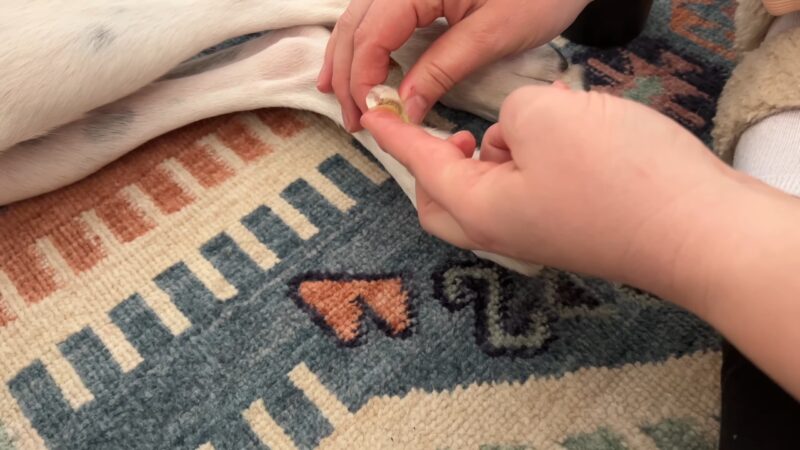
While minor flares can potentially be alleviated through hygiene alone, stubborn irritations may call for additional aid. Topical antifungals like creams, wipes, or sprays prove handy in such cases. Especially when containing compounds like miconazole or chlorhexidine demonstrated effectiveness in eliminating discomfort-causing microbes.
Direct application to irritated zones allows active ingredients to do their work in targeting problematic specimens. Using as directed from product or veterinary guidance prevents potential further annoyance from over-application. Severe instances may warrant professional strength variants applied regularly as part of the recovery routine.
Oral Medication: When and Why?

While surface-level remedies address many smaller issues, persistent flareups or strong presentations may require further interior assistance. Oral antifungals prescribed strategically by a veterinarian dependent on case specifics effectively complement strategies from within.
Common options like ketoconazole, fluconazole, and itraconazole tackle lurking microbes not readily reachable through outside applications alone. Necessary only when topical efforts fail to fully remedy aggravated circumstances.
Consistently following full medication durations as directed supports thorough removal versus partial resolution leaving a chance for resurfacing. Interior/exterior tandem attacks irritation at all angles for the fastest, full relief without protracted discomfort.
Paw Soaks – A Simple Home Remedy
For mild yeast infections, paw soaks provide a straightforward home treatment option. Soaking the affected areas in an antifungal solution like diluted apple cider vinegar, it helps eliminate the underlying fungi in a soothing way.
Carrying out short daily soaks allows the chosen solution to do its work relieving irritation and restoring the paws to normal. It’s important to thoroughly dry afterward to prevent lingering moisture. With consistency, most minor cases will improve within a reasonable time frame.
This remedy spares dogs from more intrusive interventions when something gentle will suffice. And it allows owners to support their companion’s comfort right at home without needing vet assistance for something mild.
Prevention
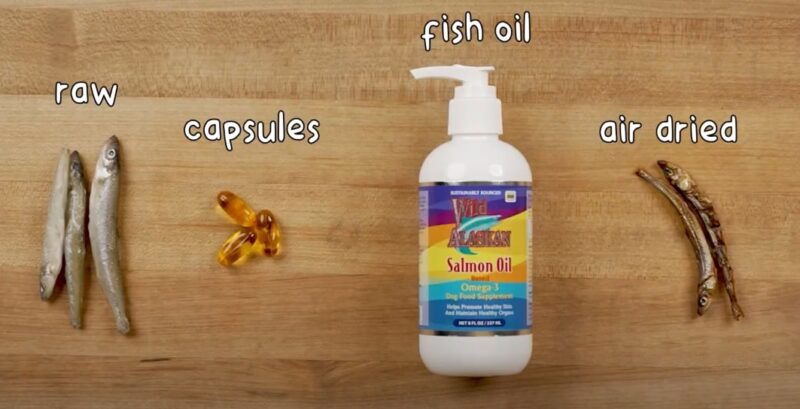
Routine maintenance plays a key role in averting potential paw yeast issues from arising. Daily cleaning and inspection allow for prompt identification of any changes that may warrant attention. Thorough drying is also prudent to prevent moisture-related flare-ups.
A balanced nutritional regimen rich in nutrients but low in simple carbs supports healthy skin and coats themselves less susceptible to external irritants taking hold. Supplements containing omega-3s can further optimize such defenses.
Regular vet exams facilitate early detection of mild signs before escalation. Catching variations early, combined with preventative hygiene, creates an effective safeguard against discomfort down the road.
Not only yeast infections are an issue with dog paws; in earlier blogs, we’ve written about paw pad hyperkeratosis and ways to resolve it
Last Words
Catching signs early allows treating cases before escalation through simple at-home remedies whenever possible. Gentle soak remedies offer low-effort relief for mild presentations. And adjusting diet or hygiene routines prevents conditions allowing yeast to take hold in the first place.

